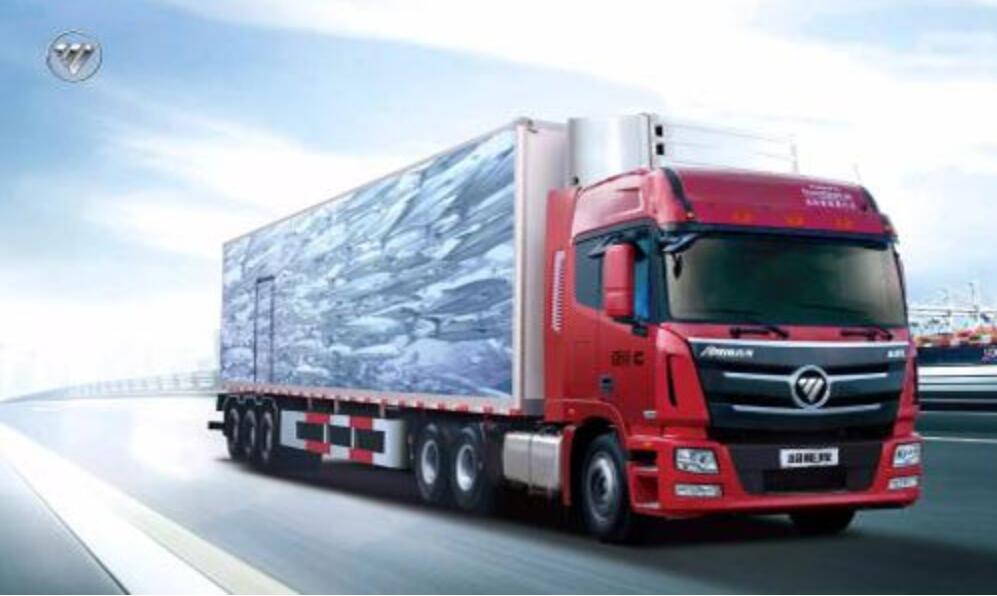-
Cold chain logistics is a field that is in demand today. Cold chain logistics generally refers to the fact that refrigerated and frozen foods are always kept in a specified low temperature environment in all links of production, storage, transportation, sales, and consumption. A systematic project to ensure food quality and reduce food loss. In cold chain logistics, we generally use refrigerated trucks, so what is the difference between refrigerated trucks and cold chain trucks?
The cold chain vehicle is the transportation that keeps the transported goods at a certain temperature during the whole process of transportation, whether it is loading and unloading, changing the mode of transportation, changing packaging equipment, etc. The refrigerated truck refers to a closed van transport vehicle used to transport frozen or fresh goods. The refrigerated truck is a special refrigerated transport vehicle equipped with a refrigeration unit of a refrigeration unit and a polyurethane insulated compartment.
From the above, we can see that there is still a certain essential difference between cold chain vehicles and refrigerated vehicles. It can be said that refrigerated vehicles are equivalent to a type of cold chain vehicles. Refrigerated transportation includes logistics links such as medium and long-distance transportation and short-distance distribution of food. In terms of long-distance, while maintaining the specified low temperature, it is necessary to maintain a stable temperature.
There are three main types of cold chain transportation: fresh, cold, and frozen. Different foods lead to different temperature requirements for preservation, so the types of vehicles that need to be transported are also different. Fresh-keeping goods include vegetables and flowers, fruits, fresh-keeping vaccines, fresh aquatic products, and the transportation temperature is required to be around 2-8 degrees.

The cold and fresh goods mainly include acid-removing meat, seafood products, soy products, vaccine products, chocolate, etc. The transportation temperature requirement is between 0 degrees and -5 degrees; frozen goods include quick-frozen food, quick-frozen seafood and seafood products , Frozen meat, frozen meat products, etc., the transportation temperature is required to be between -10 degrees and -18 degrees.
